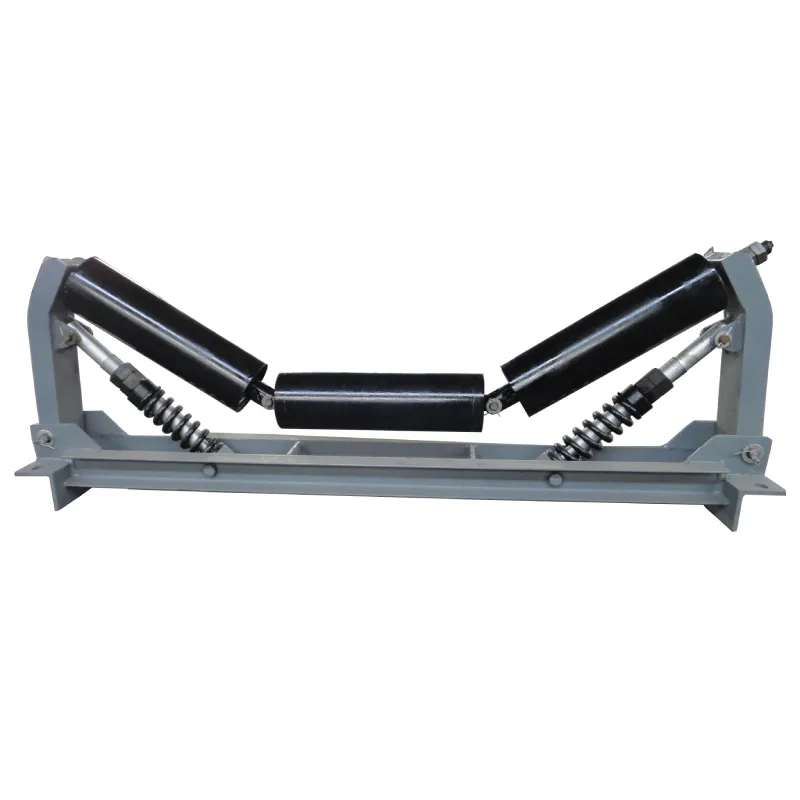 Afrikaans
Afrikaans  Albanian
Albanian  Amharic
Amharic  Arabic
Arabic  Armenian
Armenian  Azerbaijani
Azerbaijani  Basque
Basque  Belarusian
Belarusian  Bengali
Bengali  Bosnian
Bosnian  Bulgarian
Bulgarian  Catalan
Catalan  Cebuano
Cebuano  Corsican
Corsican  Croatian
Croatian  Czech
Czech  Danish
Danish  Dutch
Dutch  English
English  Esperanto
Esperanto  Estonian
Estonian  Finnish
Finnish  French
French  Frisian
Frisian  Galician
Galician  Georgian
Georgian  German
German  Greek
Greek  Gujarati
Gujarati  Haitian Creole
Haitian Creole  hausa
hausa  hawaiian
hawaiian  Hebrew
Hebrew  Hindi
Hindi  Miao
Miao  Hungarian
Hungarian  Icelandic
Icelandic  igbo
igbo  Indonesian
Indonesian  irish
irish  Italian
Italian  Japanese
Japanese  Javanese
Javanese  Kannada
Kannada  kazakh
kazakh  Khmer
Khmer  Rwandese
Rwandese  Korean
Korean  Kurdish
Kurdish  Kyrgyz
Kyrgyz  Lao
Lao  Latin
Latin  Latvian
Latvian  Lithuanian
Lithuanian  Luxembourgish
Luxembourgish  Macedonian
Macedonian  Malgashi
Malgashi  Malay
Malay  Malayalam
Malayalam  Maltese
Maltese  Maori
Maori  Marathi
Marathi  Mongolian
Mongolian  Myanmar
Myanmar  Nepali
Nepali  Norwegian
Norwegian  Norwegian
Norwegian  Occitan
Occitan  Pashto
Pashto  Persian
Persian  Polish
Polish  Portuguese
Portuguese  Punjabi
Punjabi  Romanian
Romanian  Russian
Russian  Samoan
Samoan  Scottish Gaelic
Scottish Gaelic  Serbian
Serbian  Sesotho
Sesotho  Shona
Shona  Sindhi
Sindhi  Sinhala
Sinhala  Slovak
Slovak  Slovenian
Slovenian  Somali
Somali  Spanish
Spanish  Sundanese
Sundanese  Swahili
Swahili  Swedish
Swedish  Tagalog
Tagalog  Tajik
Tajik  Tamil
Tamil  Tatar
Tatar  Telugu
Telugu  Thai
Thai  Turkish
Turkish  Turkmen
Turkmen  Ukrainian
Ukrainian  Urdu
Urdu  Uighur
Uighur  Uzbek
Uzbek  Vietnamese
Vietnamese  Welsh
Welsh  Bantu
Bantu  Yiddish
Yiddish  Yoruba
Yoruba  Zulu
Zulu Feb . 17, 2025 13:02
Back to list
Belt Conveyor Impact Idler
The realm of material handling and conveyor systems continually evolves to meet the rigorous demands of various industries. Within this dynamic landscape, the impact idler emerges as an essential component, primarily providing cushioning at loading points to protect the conveyor belt from damage. Understanding its nuances and the factors influencing its selection is paramount for both amateurs and seasoned professionals seeking to optimize their conveyor systems.
From an authoritative perspective, it's beneficial to reference insights from industry leaders and standards set by organizations such as the Conveyor Equipment Manufacturers Association (CEMA). Their guidelines offer a foundation for understanding industry requirements, ensuring that impact idlers meet the highest operational standards. Trustworthiness in the procurement and installation of impact idlers extends beyond merely selecting a reputable vendor. It involves a commitment to ongoing inspections and maintenance, verifying that each component functions at peak efficiency. This includes routine checks for roller integrity, alignment, and lubrication levels. Engaging with suppliers who provide comprehensive post-installation support can significantly contribute to the reliability and longevity of the conveyor system. Investing in premium impact idlers can yield substantial long-term benefits, reflecting reduced downtime and operational costs. This investment is complemented by robust documentation and data analytics, empowering businesses to track performance metrics over time. Understanding the relationship between the idler's performance and overall conveyor efficiency supports informed decision-making processes in future optimizations or replacements. Practical experience highlights case studies wherein optimized impact idler implementation led to notable improvements in system efficiency and durability. A case in point is an aggregate processing facility that experienced frequent belt damage due to inadequate impact mitigation. By retrofitting their conveyor system with specialized impact idlers, the facility achieved a significant reduction in belt maintenance needs, thus enhancing productivity and cost efficiency. In sum, impact idlers are indispensable to maintaining the integrity and efficiency of conveyor systems. Their judicious selection, backed by comprehensive expertise, authoritative guidelines, and trustworthiness, proves indispensable. Whether you're managing a mining operation, construction site, or food processing plant, the impact idler holds the key to safeguarding your conveyor equipment and ensuring seamless material throughput.


From an authoritative perspective, it's beneficial to reference insights from industry leaders and standards set by organizations such as the Conveyor Equipment Manufacturers Association (CEMA). Their guidelines offer a foundation for understanding industry requirements, ensuring that impact idlers meet the highest operational standards. Trustworthiness in the procurement and installation of impact idlers extends beyond merely selecting a reputable vendor. It involves a commitment to ongoing inspections and maintenance, verifying that each component functions at peak efficiency. This includes routine checks for roller integrity, alignment, and lubrication levels. Engaging with suppliers who provide comprehensive post-installation support can significantly contribute to the reliability and longevity of the conveyor system. Investing in premium impact idlers can yield substantial long-term benefits, reflecting reduced downtime and operational costs. This investment is complemented by robust documentation and data analytics, empowering businesses to track performance metrics over time. Understanding the relationship between the idler's performance and overall conveyor efficiency supports informed decision-making processes in future optimizations or replacements. Practical experience highlights case studies wherein optimized impact idler implementation led to notable improvements in system efficiency and durability. A case in point is an aggregate processing facility that experienced frequent belt damage due to inadequate impact mitigation. By retrofitting their conveyor system with specialized impact idlers, the facility achieved a significant reduction in belt maintenance needs, thus enhancing productivity and cost efficiency. In sum, impact idlers are indispensable to maintaining the integrity and efficiency of conveyor systems. Their judicious selection, backed by comprehensive expertise, authoritative guidelines, and trustworthiness, proves indispensable. Whether you're managing a mining operation, construction site, or food processing plant, the impact idler holds the key to safeguarding your conveyor equipment and ensuring seamless material throughput.
Latest news
-
Revolutionizing Conveyor Reliability with Advanced Rubber Lagging PulleysNewsJul.22,2025
-
Powering Precision and Durability with Expert Manufacturers of Conveyor ComponentsNewsJul.22,2025
-
Optimizing Conveyor Systems with Advanced Conveyor AccessoriesNewsJul.22,2025
-
Maximize Conveyor Efficiency with Quality Conveyor Idler PulleysNewsJul.22,2025
-
Future-Proof Your Conveyor System with High-Performance Polyurethane RollerNewsJul.22,2025
-
Driving Efficiency Forward with Quality Idlers and RollersNewsJul.22,2025
OUR PRODUCTS




























